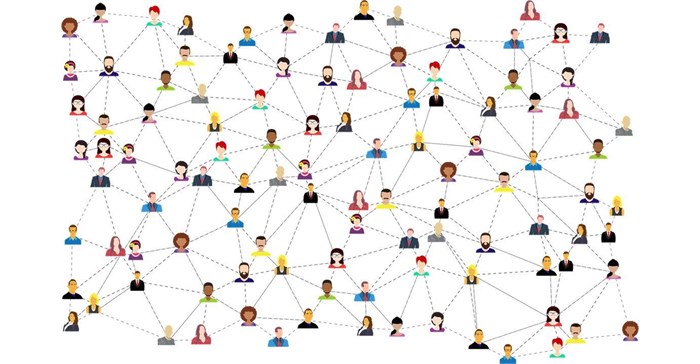
Related
Top stories






More news












Whenever a trend has that much hype, I worry about it. Why? Well, when a trend is overhyped the term tends to be thrown around for the sake of appearing to be on-trend (often misinterpreted) rather than by understanding it and applying it correctly. So let’s unpack this trend.
First, we need to rewind and remind ourselves of the context.
In the early 2000s marketing focus shifted from mass to one-on-one as we realised that audiences are not all like-minded. But there was a major flaw with this approach. Individual communication at the time was extremely cost-intensive, which meant that brands started to reduce their audiences.
Behavioural economics and marketing science provide us with empirical evidence that we need to broaden reach and target the category. If you aren’t yet familiar with these methods, a great starting place is Byron Sharp’s book; How Brands Grow. We also learn from behavioural science that people are led by their hearts.
Even when we think that we are making a logical, thought-through purchase decision, it is mostly our brain working overtime to justify what the heart wants. So when we remember that audiences are not machines but groups of human beings then we must realise that brands need to connect through different emotions.
So as we enter this new decade we need to remember to look at all the learnings and string them together rather than just focusing on the latest trend or buzzword. We need to be intensely careful that the trend of personalisation does not take us back to the era of one-on-one communication described earlier. We don’t want to repeat past mistakes.
Let’s look at what else we know to find a place for personalisation. It is unclear who first said "Understanding is deeper than knowledge. There are many people who know me but not many who understand me” but it is a quote that I like to refer to because it reminds us that we need to strive to understand the human beings that make up our markets in order to resonate. There are many things that allow us to connect to emotions – names, interests and language are just a few to come to mind.
When looking through the web for an example to share, I was also reminded that mass personalisation is by no means new and it has been a topic of conversation for quite a number of years already.
So rather than sharing an example that is just the latest, I’ve chosen to share an example that illustrates the concept of mass personalisation the best. I’m sure you’re all familiar with this campaign (after all, if I use an example you don’t know about – was it really successful at achieving the mass part of the equation). This campaign was particularly successful because they customised it for each market, and then continued to grow the story subsequently.


And so it is with this in mind that personalisation has a place and a chance to make a real impact. Personalisation allows us to use technology – analytics, AI and machine learning to understand the humans that we are talking to and adapt communication to the individual at scale. And that is how we create this paradox of mass personalisation – we can aim to reach the entire category but still connect with each and every one of them individually.